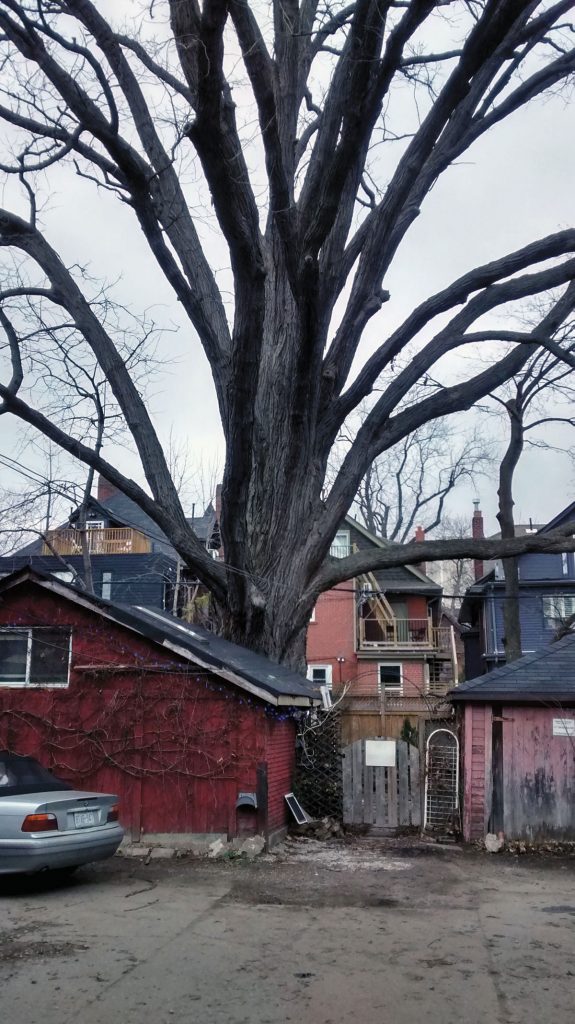
In 2009 the Annex Residents Association (ARA) took on the impressive task of cataloging over 10,000 trees in the Annex neighbourhood. A team of forestry students and numerous volunteers worked over the course of four summers logging the trees’ species, age, varieties and their ownership. Now, 12 years later, they’re looking to do it all over again.
“If we don’t collect data, we won’t know what has happened to our trees,” said Terri Chu, the chair of the ARA’s Environment Committee. The last 10 years have been hard on the Annex tree canopy, especially with the wind and ice storm of 2018 which Chu estimates caused a loss of about 1,000 trees. So, the canopy is overdue for a checkup.
The survey will give the ARA an accurate accounting of where trees have been lost and where new ones need to be planted. This will also help keep the City of Toronto accountable to their promise of expanding the city’s tree canopy to 40 per cent by 2057, said Chu.
The data can also be beneficial when it comes to new developers looking to build in the neighbourhood.
“How will we argue in favour of preserving trees, especially really mature ones, if say a developer wants to uproot six of them to put a larger condo in?” Chu asks.
Chu supports densification in the city, but says she also believes there needs to be a balance. With a newer set of data on the trees in the area Chu says they’ll be able to better fight back against developers in order to continue to preserve the canopy.
A comprehensive study on the individual species of trees will possibly help catch any early warnings of disease and help predict which trees will soon be reaching the end of their life span.
“Conceivably we’re going to start having gaps in the canopy here and there in 10 years, 20 years, and the time to start planting those trees is not 10 years from now, it’s today.”
It’s no secret that the Annex is known for its tree-lined streets. The trees add practical value like shade on hot sunny days and increased property value but they also simply make it more beautiful and enjoyable to get outside and take a walk, something that has become increasingly important during this pandemic.
The committee estimates that the survey will cost $15,000 for each of the four years but, if they can raise half, or $7,500 per year, they can apply for a grant for the rest. The committee received $2,000 from Cohen and Masters, and $5,500 from a community fundraising drive, reaching their goal for this year. The campaign will repeat yearly for the next four years. Chu hopes to raise another $7,500 with a grant from MITACS, a national non profit that partners with industry and academia. If she is successful, she’ll be able to hire two U of T forestry students to expedite the survey.
—Madeline Smart/Gleaner News
READ MORE:
- FOCUS: Annex’s old trees will soon be history (Spring 2019)
- NEWS: Ardent for arbour (OCTOBER 2016)
- NEWS: Help grow the urban forest (SEPTEMBER 2016)
- FOCUS: Urban Elms (September 2015)
